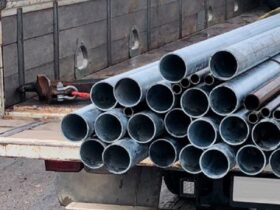Dome roofs appeared in prehistoric times. More technologically complex and durable domed roofs were during the heyday of the Roman Empire. Nowadays, an architectural monument of those distant times has been preserved – Pantheon, built back in 128 of our era. Domes a little later appeared in the Byzantine religious and cult architecture, and in Islam. In Europe, domed roofs in architecture came to the Renaissance era and were most widespread in the eighteenth century. In the twentieth century, domed roofs began to be used in sports facilities. By the way, if you are looking for about the manufacture of monuments, then you should follow the link.
A dome is a vault, which carries a coating design in the form of a hemisphere, ellipse or parabola. Typically, domes are used to cover buildings that have in terms of the shape of a circle, ellipse, polygon. Domes overlap large spaces without additional intermediate supports
The dome can be a waist. Here, each subsequent layer protrudes a little over the previous one and is supported by the console, going to the center.
The dome is a convex shape, slightly pointed to the top (in the form of a bulb). In Russia, India, in the Middle East, Turkey, such domes are most often used. Orthodox churches cannot be imagined without domes-louds.
There are also oval dome. And polygonal (in section they have the shape of an octagon). Sailing domes appeared in Byzantium, they are a sailing, fixed below in four corners and blew down from below.
Dome zontics are divided into segments of the ribs, the material of the ribs is made in the form of arches, which distribute the vertical load. They seem to diverge from the top to the base.











Оставить ответ